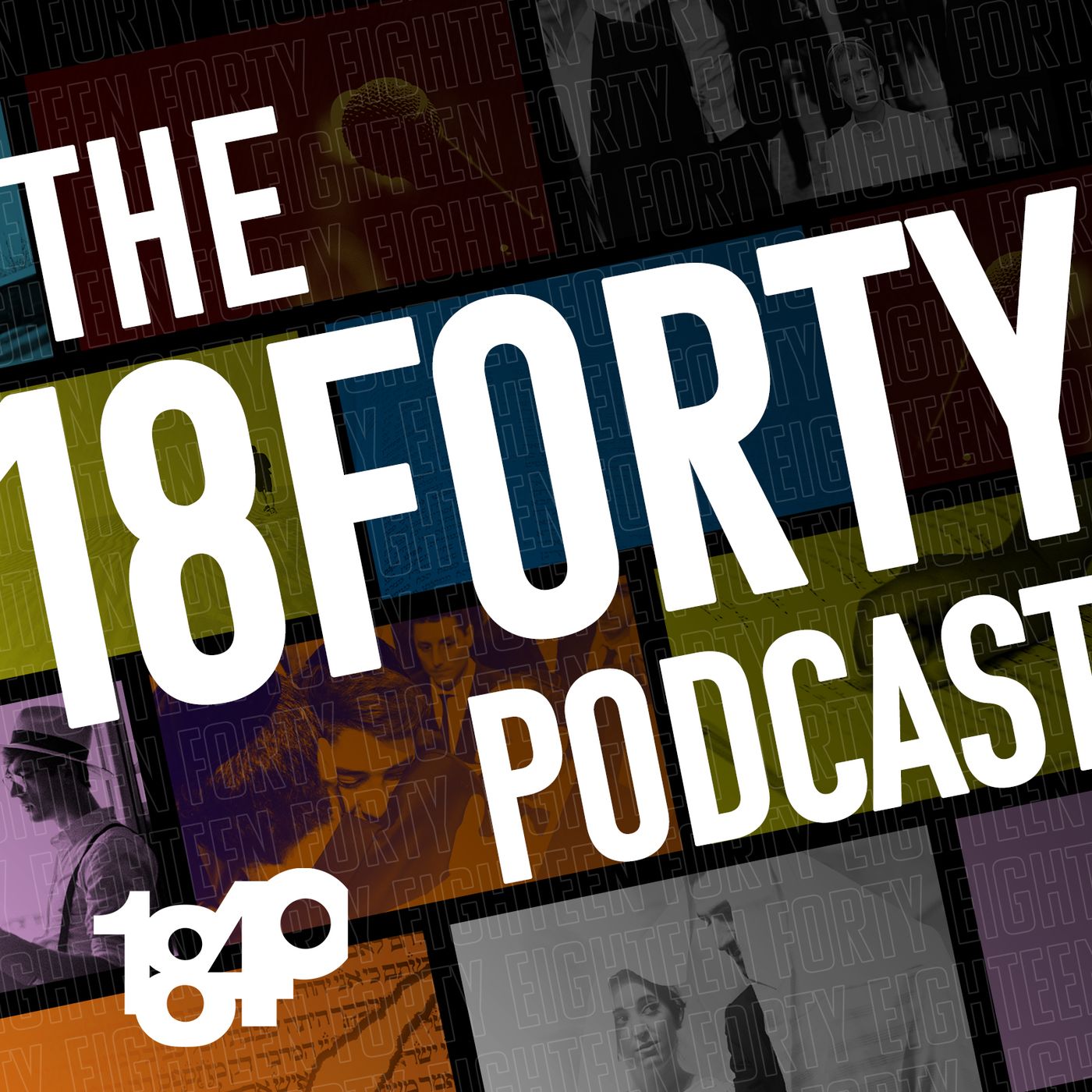
Haym Soloveitchik: The Rupture and Reconstruction of Halacha (Halacha Series Re-Release)
JL;DR SUMMARY Haym Soloveitchik's landmark article 'Rupture and Reconstruction' analyzes the evolution of Jewish halacha from a community-based, mimetic tradition to a text-based practice following the Holocaust. A way out west there was a fella, fella I want to tell you about, fella by the name of Jeff Lebowski.
- At least, that was the handle his lovin' parents gave him, but he never had much use for it himself.
- This Lebowski, he called himself the Dude.
- Now, Dude, that's a name no one would self-apply where I come from.
- But then, there was a lot about the Dude that didn't make a whole lot of sense to me.
- And a lot about where he lived, likewise. But then again, maybe that's why I found the place s'durned innarestin'.
JL;DR members get full summaries and key points of all podcast
episodes in the archive, including this one.
Donate & listen smarter »
 18forty
18forty